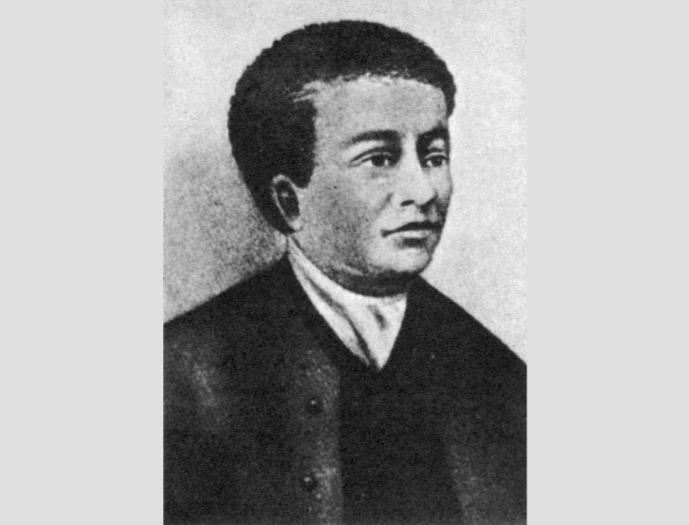Ellicott’s Mills
Benjamin Banneker was born on November 9, 1731, in Ellicott’s Mills, Maryland. His father, Robert Banneky, was a former slave. His mother, Mary Banneky, was the product of an indentured servant, Bannka, and an Englishwoman, Molly Welsh.
Education
When Banneker was a child, his maternal grandmother taught him how to read. Although he was born free, he was still Black and unable to attend most schools. He did, however, attend a small Quaker school for a short period of time. For the most part, though, he was self-educated.
Early Inventions
As a result of Banneker’s level of intelligence, he invented a number of useful utilities. He constructed an irrigation system for his family’s farm. He also created a wooden clock that was said to have kept time accurately and continued to work for over 50 years. After his father died, he made a living by farming and selling tobacco.
Astronomy
Banneker’s intelligence caught the attention of the Ellicott family. The Ellicotts made their fortune by building gristmills in Baltimore, Maryland in the 1770s. George Ellicott loaned Benjamin a number of books on astronomy. From reading those books, Banneker was able to accurately predict lunar and solar eclipses.
As a result of his enthusiasm and knowledge of astronomy, Andrew Ellicott, George Ellicott’s cousin, hired Banneker to assist him. Ellicott was hired by the nation’s capital city to survey territory and in turn, he hired Benjamin. He worked in the observatory tent where he tracked the movement of the stars using a zenith sector. He suddenly fell ill and could only work for three months.

Almanacs
From 1792 to 1797, Banneker published six consecutive issues of his Almanacs which brought him acclaim. His Almanacs consisted of his astronomical calculations, literature, information about bees and locusts, and much more. Fishermen particularly found his almanacs useful since he also included information about tides.
Activism
While Banneker constantly educated himself, he also kept in mind the condition of his fellow Black people in America. Therefore, he wrote a letter to then-secretary of state, Thomas Jefferson. In his letter, he called for Jefferson to eradicate his ideas about Black people being subservient to the White race.
In the hopes of persuading Jefferson, he included a handwritten copy of his 1792 Almanac which showed his astronomical calculations. Jefferson responded to his letter, praising Banneker for his work. Jefferson also sent the Almanac to the Secretary of the Academy of Sciences at Paris so that it may serve as justification for the Black race’s demand for equality and freedom.
Later Years
Sales of Banneker’s Almanacsdeclined. He sold most of his farm to the Ellicotts in order to make ends meet. After his usual morning walk on October 9, 1806, Benjamin Banneker returned to his log cabin where he died in bed. He was 74 years old and only a month shy of his 75th birthday. Many of his calculations were destroyed in a mysterious house fire shortly after his death.

**The views and actions of the DDH historical figures that are featured may not reflect the views and beliefs of Ramiro The Writer or We Buy Black. Thank you.**
]]>








